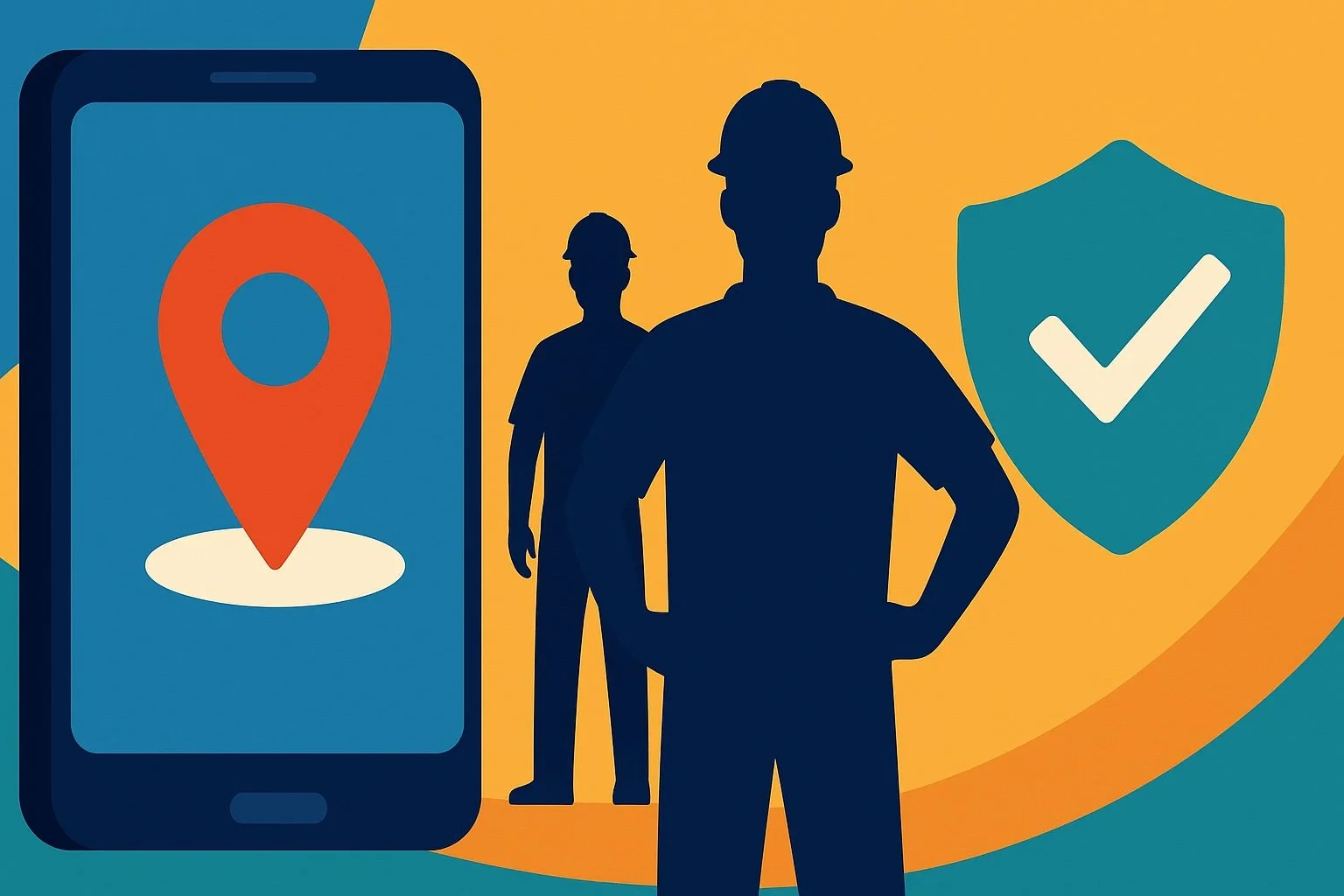How To Track Your Employees’ Location (The Right way)
Tracking your employees’ location can be a sensitive topic. Employees may argue that it’s an invasion of privacy, that it’s micromanaging, or that it’s just plain unnecessary.
But having access to your employees’ locations and records of their historic locations can be an incredible asset for your business. It can help with creating more accurate estimates for time to complete jobs and can provide proof of employees being on-location in the event of a dispute.
All this being said, there is a right way to track your employees’ location that minimizes pushback and maximizes effectiveness.
How much employee location data do you need?
We all love data, but how much data do you actually need when it comes to employee location? Every business is different, so this is your opportunity to do a quick self-audit to determine how much information you actually need.
Do you need each individual employee’s location or crew’s location?
Can foremen or crew leaders manage their crew’s locations or does each individual employee need to manage their location?
Do you need constant location tracking or point-in-time location information (specific to clock-ins and clock-outs, for example)?
Do you need locations to be tracked during working hours only? Or is there a reason you’ll need after-hours locations too? (there may be some legal limitations to consider)
Do you need exact locations or approximate locations?
To alleviate pushback from employees, you want to aim for getting only the necessary amount of information that you need.
How will your employees provide their location?
There are a number of ways to track your employees’ location – some more accurate than others.
You can rely on paper timesheets where employees can manually fill out where they were throughout their day and how long they were at each location. This method has the lowest level of accuracy and largest margin of error. Since there is no way to verify this information, you’ll rely heavily on your employee’s ability to accurately and honestly report where they were and when.
If you use company vehicles, you have the option to use tracking software to track the location of your fleet. While this may not provide employee-specific location if employees carpool, it provides accurate location information for where your fleet is and when. You’ll have historic records of where each vehicle was at, and can generally tie it to which employee or crew is responsible for the vehicle.
You can also utilize employee tracking apps. Employee GPS tracking apps can be a great solution if you’re looking for employee-specific location data. These apps provide solutions for businesses to track locations, clock-ins and clock-outs, and on-location crew management.
Related Blog: What to Look for in an Employee Tracking App
While not all employee tracking apps are created equally, these apps tend to be the most reliable way to track your employees’ location.
The laws surrounding location tracking vary state to state. It’s best to look at your state and local regulations to determine what your limitations are.
What devices are used?
If you’re using an app to track your employees’ location, you’ll want to consider which devices are used to run the application.
Will you be using computers, tablets, or phones?
Will employees be expected to use their personal devices?
Will the company provide devices to every employee?
Will the company provide devices to managers, crew leaders, and foremen?
If employees are using personal devices to utilize the tracking app, location should not be tracked off the clock. However, if they’re using company-owned devices, these devices are usually allowed to be tracked both on and off the clock as they are company property. Again, it’s best to check your local laws to determine what level of tracking is permitted in your state.
Getting your employees on board
If you’re wanting to track your employees’ location, it’s arguably the most important step to get their consent. Not only does this help resolve any legal issues, it also helps get your employees on board for location tracking.
Share why you are using location tracking in your business. When they understand why their location is being tracked, they’ll understand how it will impact the company in the future.
Explain what the benefits of location tracking are.
Explain what they can expect the process to look like as an employee.
Explain what data will and won’t be collected.
Explain how the data will be saved and shared.
Explain how the data will be used.
Explain why policies are the way they are.
Explain the expectations you have for using the app.
Explain how the app works.
Explain the process for troubleshooting and support.
Informed employees are going to be more likely to use these applications accurately.
Above all else, you want to make sure that your employees consent to being tracked, understand what information you’ll see as their employer, and know how this information will be used. Make sure that you are compliant with state and federal privacy laws. And find an app that works well for your business’s specific needs.


